Physicists Create 'Black Hole Bomb' Analog in Lab, Confirming Decades-Old Theory
Scientists have built a 'black hole bomb' analog in the lab, confirming the Zel'dovich effect and Penrose's energy extraction theory. The experiment involved a rotating aluminum cylinder interacting with electromagnetic fields, demonstrating energy amplification and instability. This breakthrough enhances the understanding of black hole physics and related concepts.

 Live Science
Live Science
 Popular Mechanics
Popular Mechanics
 ScienceAlert
ScienceAlert
 IFLScience
IFLScience
Lab Experiment Validates 'Black Hole Bomb' Theory, Amplifying Energy with Rotating Cylinder
Scientists have successfully demonstrated the 'Black Hole Bomb' theory in a lab, using a rotating cylinder and magnetic fields to amplify energy. This experiment, based on decades-old theories by Penrose and Zel'dovich, provides insights into black hole behavior and superradiance. The research opens avenues for understanding black hole rotation and energy dynamics.

 Live Science
Live Science
 ScienceAlert
ScienceAlert
 News18
News18
 Yahoo
Yahoo
Gravity: Emerging from Quantum Information or Evidence of a Simulated Universe?
Recent studies propose that gravity might not be a fundamental force. One theory suggests gravity emerges from quantum relative entropy and information theory, linking spacetime geometry to matter fields. Another views gravity as a computational optimization process in a simulated universe, minimizing information entropy. Both offer novel perspectives on gravity's role and the underlying nature of the universe.

 Yahoo
Yahoo
 The Quantum Insider
The Quantum Insider
 Boy Genius Report
Boy Genius Report
 Physics World
Physics World
Gravity: Emergent Property, Quantum Information Theory Link, or Simulation Clue?
Recent research explores the nature of gravity, suggesting it may emerge from entropy, quantum information theory, or even be a byproduct of the universe behaving as a giant computer optimizing information. These theories challenge conventional understanding and offer new insights into the relationship between gravity, quantum mechanics, and the nature of reality.
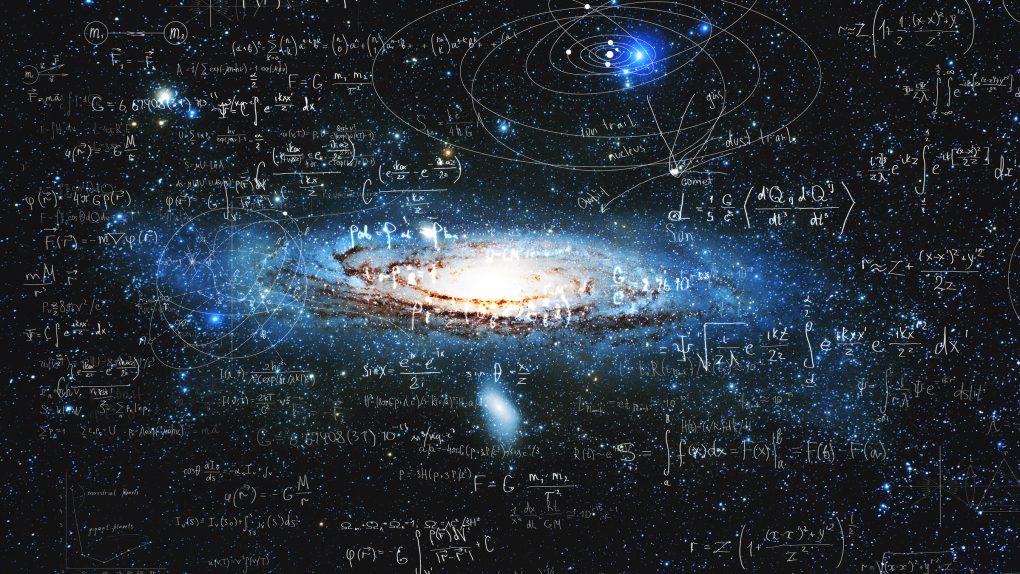
 Boy Genius Report
Boy Genius Report
 Yahoo
Yahoo
 The Quantum Insider
The Quantum Insider
 Physics World
Physics World
Rose Petal Shape Discovery: Geometric Frustration Mechanism Unveiled by Researchers
Researchers have discovered that rose petals' unique shape, especially their sharply pointed cusps, are formed by a geometric phenomenon called Mainardi-Codazzi-Peterson (MCP) incompatibility, not Gauss incompatibility. This MCP incompatibility concentrates stress, influencing petal growth. The finding offers insights for bio-inspired material design and new deformation behaviors.
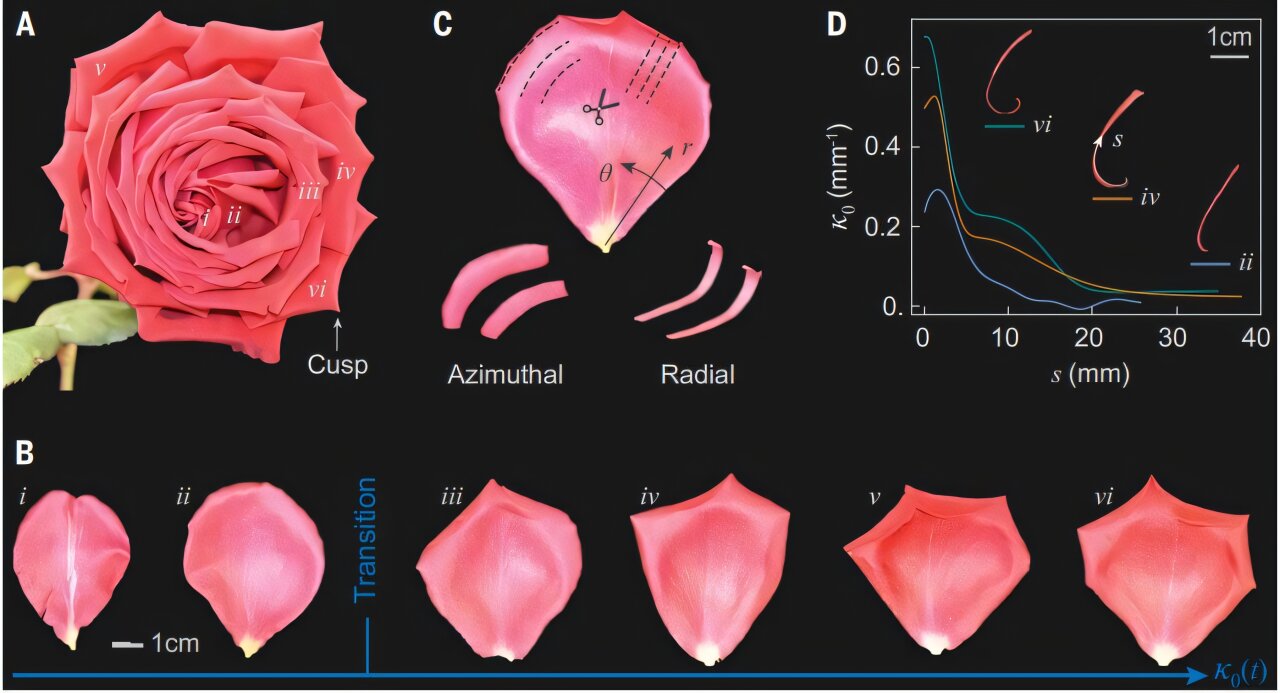
 Phys.org
Phys.org
 EL PAÍS English
EL PAÍS English
 Mirage News
Mirage News
Rose Petal Shape Due to Unique Geometric Frustration, Not Gauss Incompatibility
A recent study published in Science reveals that rose petals owe their unique shape to a geometric frustration known as Mainardi-Codazzi-Peterson (MCP) incompatibility. Unlike other plants where Gauss incompatibility shapes leaves and petals, roses concentrate stress in localized areas, creating sharp cusps. The study combined theoretical analysis, computational modeling, and experimental fabrication to understand this phenomenon, offering potential inspiration for bio-inspired materials.
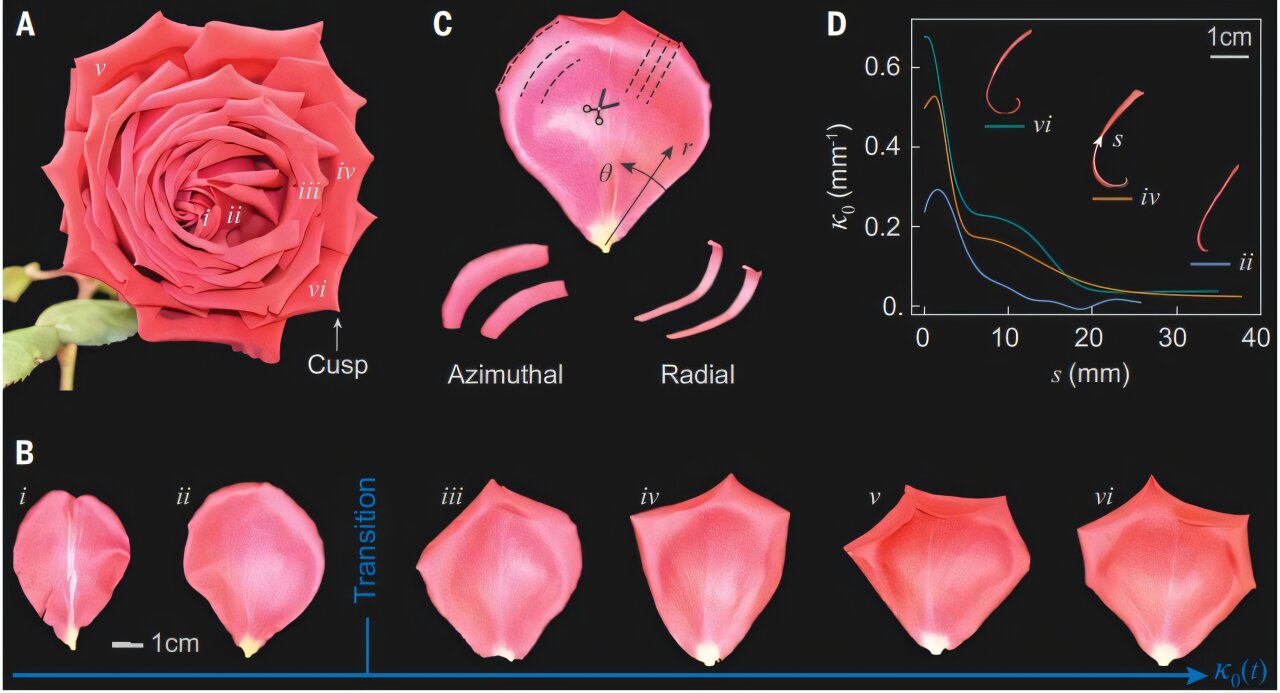
 Phys.org
Phys.org
 Nautilus | Science Connected
Nautilus | Science Connected
 EL PAÍS English
EL PAÍS English
 Mirage News
Mirage News
Physicists Create 'Black Hole Bomb' Analog, Validating Decades-Old Theories
Researchers have built a 'black hole bomb' analog in the lab, confirming decades-old theories about energy amplification near rotating black holes. The experiment, based on the Zel'dovich effect, involved a rotating cylinder and magnetic fields. This analog helps physicists understand black hole rotation, superradiance and concepts at the intersection of astrophysics, thermodynamics, and quantum theory without creating an actual black hole.

 futurism.com
futurism.com
 ScienceAlert
ScienceAlert
 Live Science
Live Science
 MSN
MSN
Quantum Computing: A Race for Supremacy Amidst Promise and Persistent Challenges
This article examines the current state of quantum computing, highlighting the intense competition among companies and nations to achieve quantum supremacy. It addresses the potential applications across various industries, the technological hurdles that remain, and the ongoing debate regarding the practical advantages of quantum computers over classical systems. The analysis includes expert opinions, recent advancements, and future projections for this rapidly evolving field.
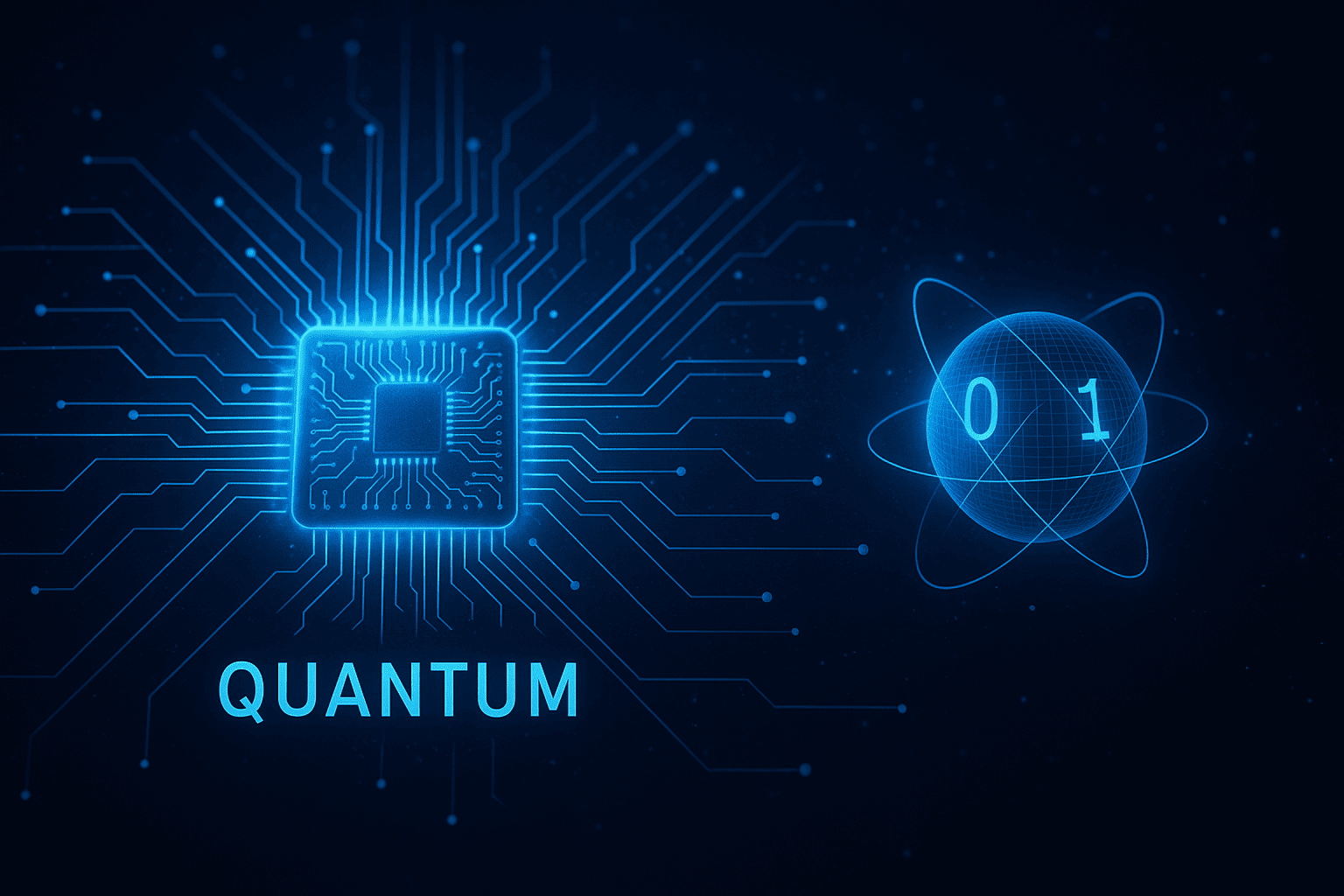
 The Quantum Insider
The Quantum Insider
 Time Magazine
Time Magazine
 TechCrunch
TechCrunch
 New York Post
New York Post
Quantum Computing: Scaling Challenges, Key Players, and the Path to Commercial Viability
The article examines the progress and obstacles in quantum computing, highlighting the efforts of various companies and research institutions to develop commercially viable quantum computers. It covers different qubit technologies, funding trends, and the ongoing challenges of scaling and error correction. The analysis also discusses the potential near-term applications of quantum technology.
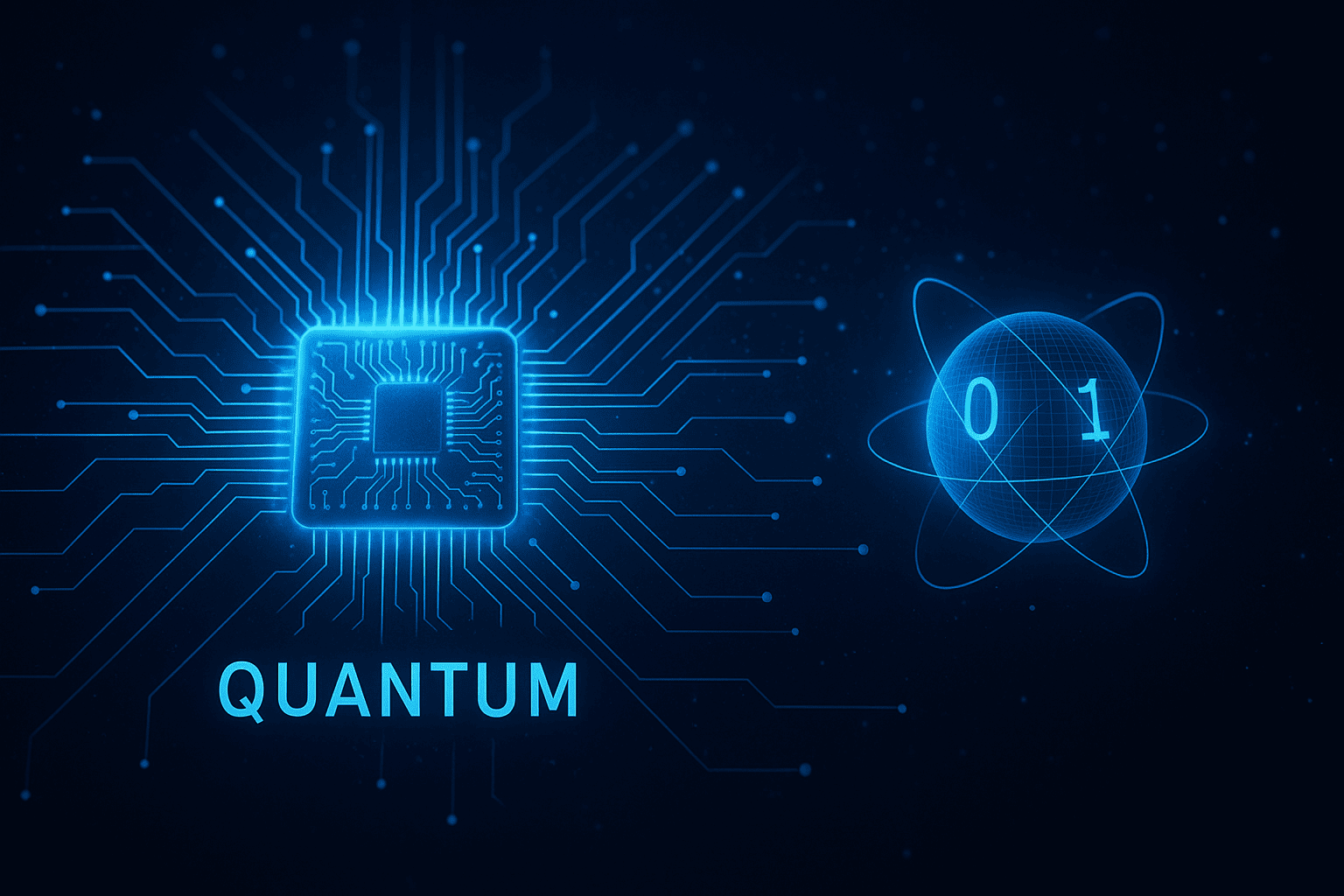
 The Quantum Insider
The Quantum Insider
 The Quantum Insider
The Quantum Insider
 Nature
Nature
 TechCrunch
TechCrunch
No Valid Content Found
No news article content was found. The provided HTML contains subscription information rather than a news report.
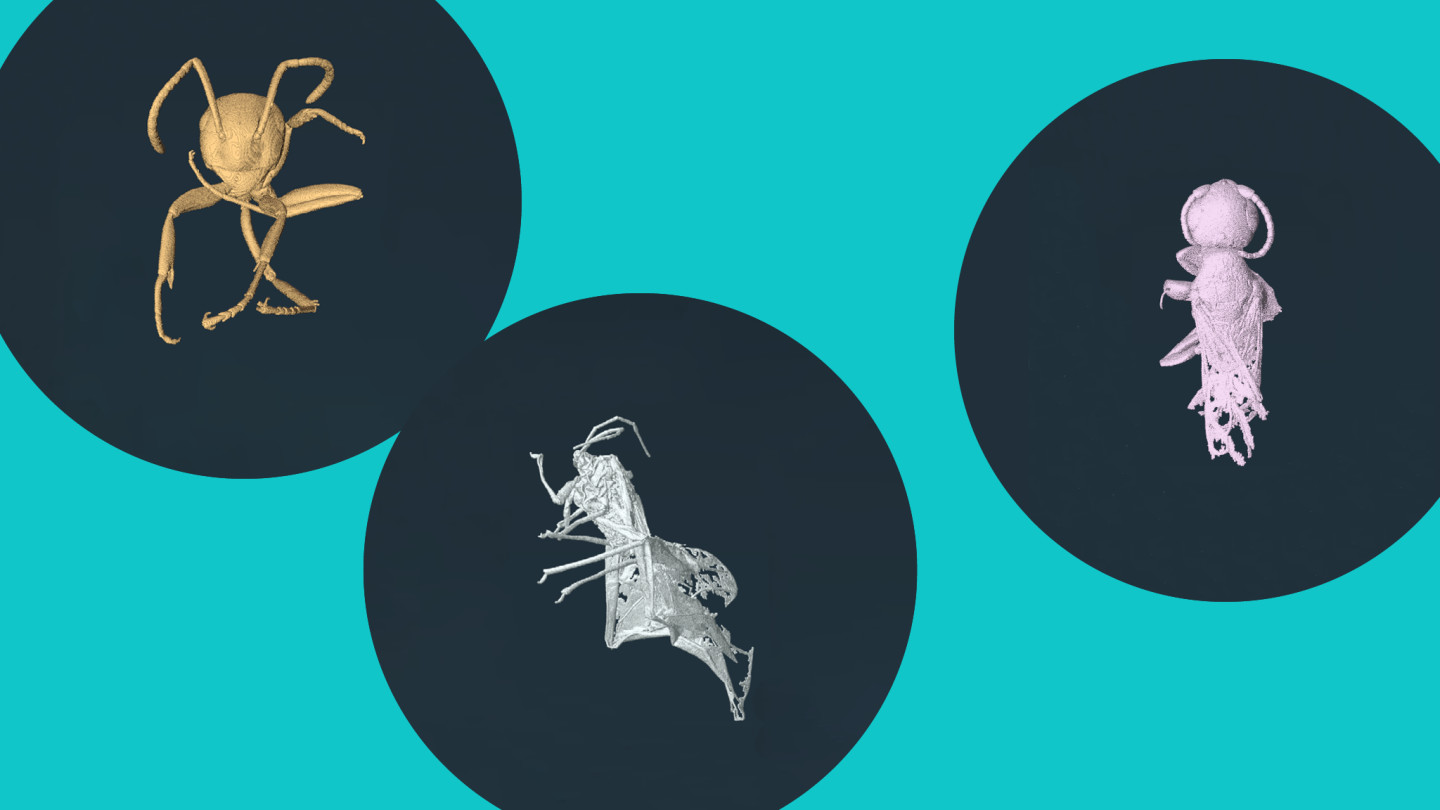
 Financial Times
Financial Times
No valid content found
No description available. The provided HTML input did not contain relevant news content.
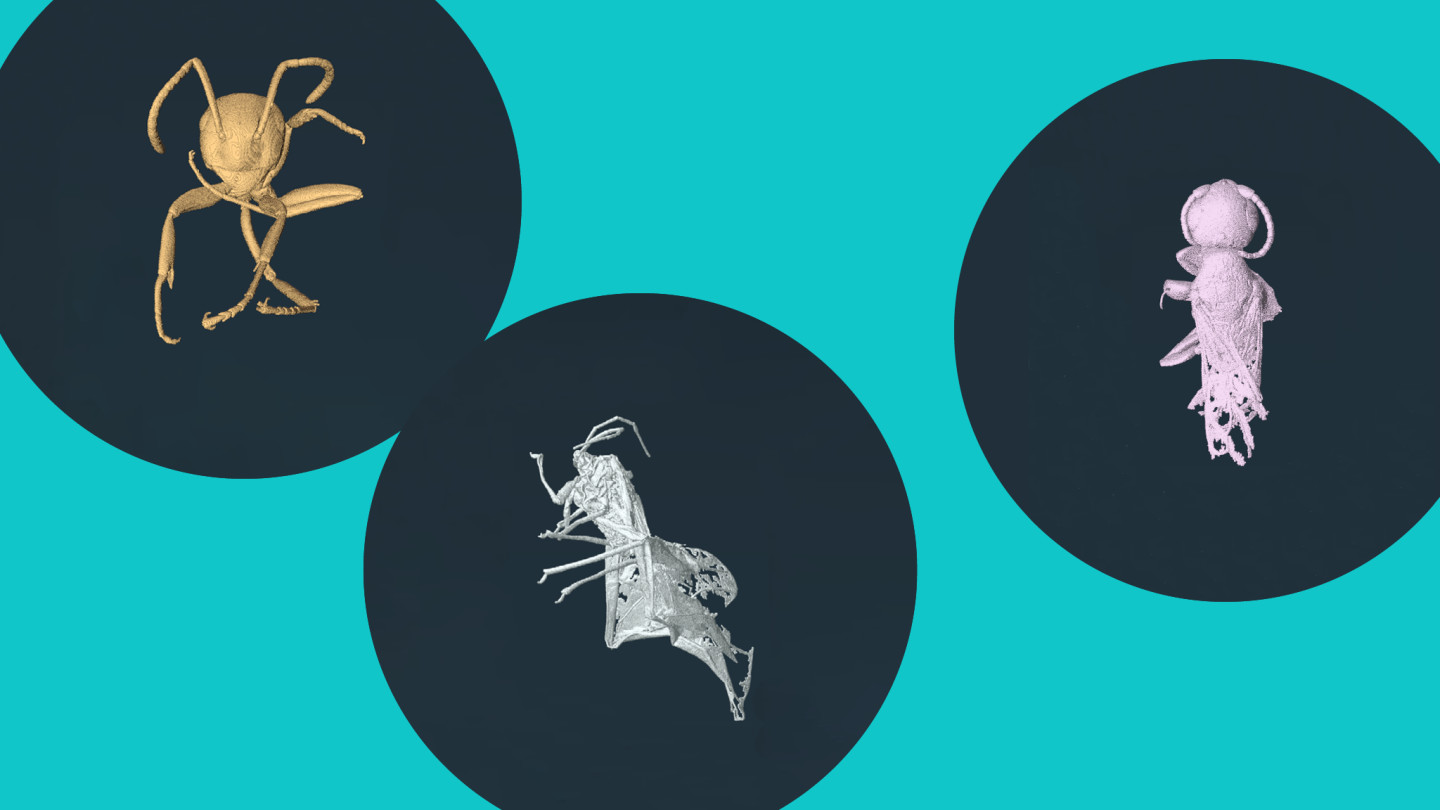
 Financial Times
Financial Times
No valid content found in provided HTML inputs.
No article description available as the input HTML contained no valid news content. The input appears to be a subscription offer from the Financial Times, not a news article.
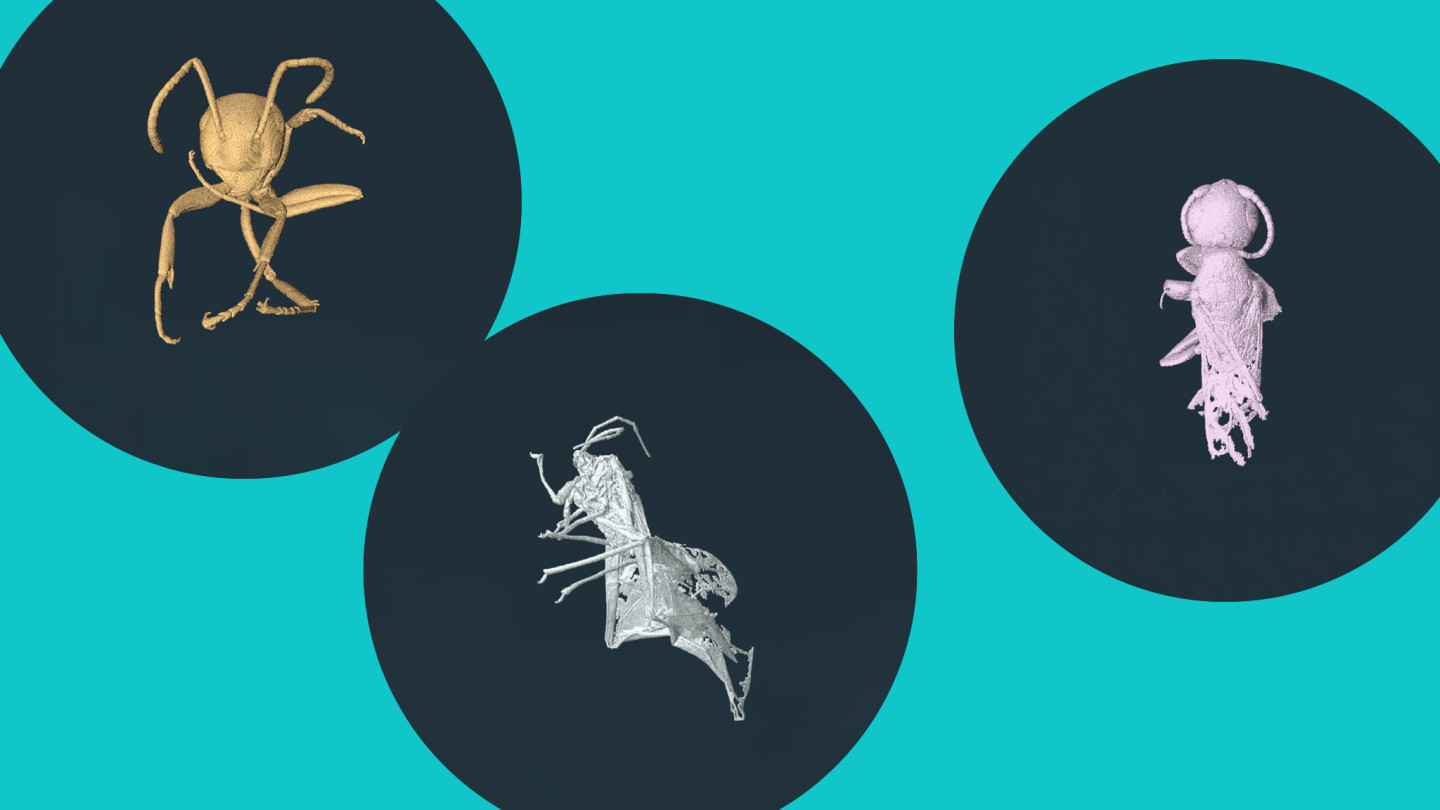
 Financial Times
Financial Times
MIT Engineers Achieve Breakthrough in Quantum Computing Speed with Novel Coupler
MIT engineers have developed a novel superconducting circuit architecture featuring a 'quarton coupler' that achieves unprecedented nonlinear light-matter coupling. This breakthrough could accelerate quantum operations and readout processes, potentially increasing quantum computing speed by up to ten times. The technology is poised to advance the development of fault-tolerant, real-world quantum computers.

 Interesting Engineering
Interesting Engineering
 MIT News
MIT News
 SciTechDaily
SciTechDaily
 Nature
Nature
Trump's 2026 Budget: $1 Trillion for Defense, Major Cuts to Social Programs
President Trump's 2026 budget proposal outlines a significant shift in federal spending priorities, increasing defense expenditure to $1 trillion while slashing funding for education, environmental protection, foreign aid, and healthcare. The budget aims to reduce non-defense discretionary spending by $163 billion, impacting various agencies and programs. Congress is unlikely to fully adopt the proposal, which signals potential funding conflicts.

 American Physical Society
American Physical Society
 CNN
CNN
 The Guardian
The Guardian
 The Washington Post
The Washington Post
Trump's Budget Proposal: Defense Boost, Social Program Cuts Spark Debate
President Trump's 2026 budget proposal prioritizes defense and homeland security with a 13% increase, while slashing $163 billion from non-defense discretionary spending. This blueprint has ignited controversy, drawing criticism from Democrats and Republicans alike. The budget targets education, foreign aid, environmental programs, and healthcare, sparking concerns about its impact on social welfare and global engagement.

 American Physical Society
American Physical Society
 CNN
CNN
 The Guardian
The Guardian
 eos.org
eos.org
Quantum Material Breakthrough: Twist Angles Enable Engineering of Phonon Properties for Quantum Tech
Researchers have achieved a breakthrough in engineering materials for quantum technology by controlling phonon properties through adjusting twist angles in 2D materials. This method uses moiré superstructures to influence phononic and electronic interactions, enabling the design of materials with tailored thermal, optical, and electronic characteristics. The findings pave the way for advanced photonic, quantum, and electronic applications.
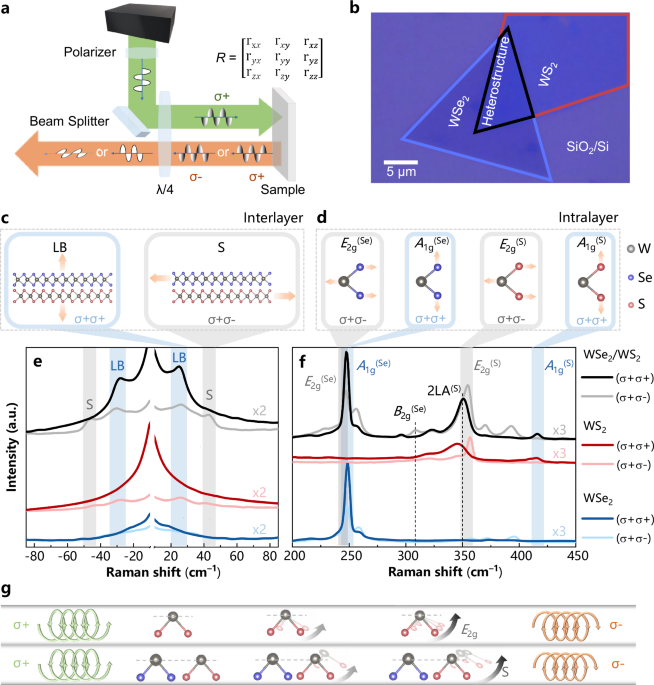
 Nature
Nature
 Laser Focus World
Laser Focus World
 Department of Science & Technology (DST)
Department of Science & Technology (DST)
 Construction World
Construction World
Advancements in One-Dimensional Magnetism: New Materials and Quantum Spin Insights
The article discusses the increasing attention on one-dimensional magnetism, highlighting recent research using novel material platforms like graphene nanoribbons and bulk crystals to understand fundamental theories of quantum magnetism. It showcases experiments demonstrating the evolution of spin excitations and the study of 1D magnetism in metallic materials, emphasizing the collaborative nature of research in this field.
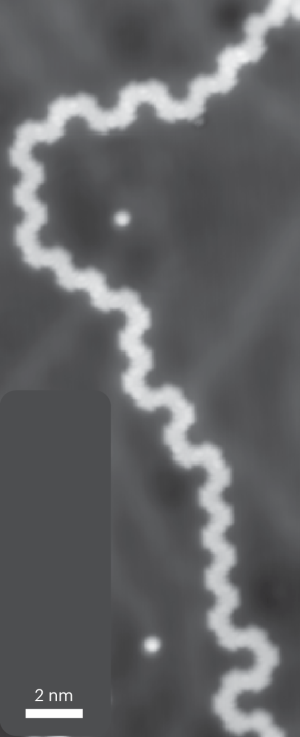
 Nature
Nature
Optical Experiment Emulates Post-Newtonian Gravity, Opening New Avenues for Quantum Gravity Study
An optical experiment successfully emulated post-Newtonian gravity by probing a unique nonlinearity regime, distinct from Newtonian gravity simulations. This breakthrough involved soliton solutions of post-Newtonian Schrödinger equations. It utilized high-intensity laser beams and a thermal nonlinear medium, allowing for simulation of waveform dynamics, offering new experimental capabilities for general relativity settings.
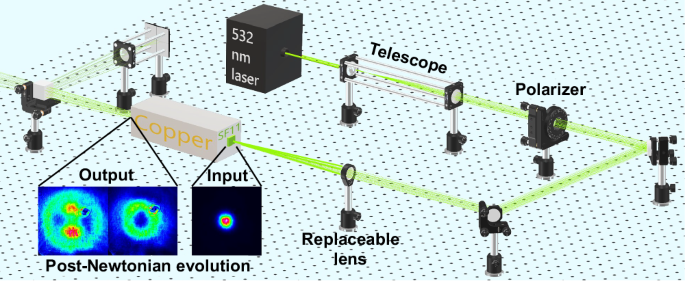
 Nature
Nature
AI Designs Simpler Optics Hardware, Streamlining Research and Development
Researchers have developed a machine-learning algorithm that automates the design of optics hardware. The AI rapidly generates efficient designs for various uses, potentially streamlining research and development in fields dealing with optical, mechanical, or electrical waves. The algorithm can produce designs simpler than those created by humans, as demonstrated in signal amplification for quantum computers.
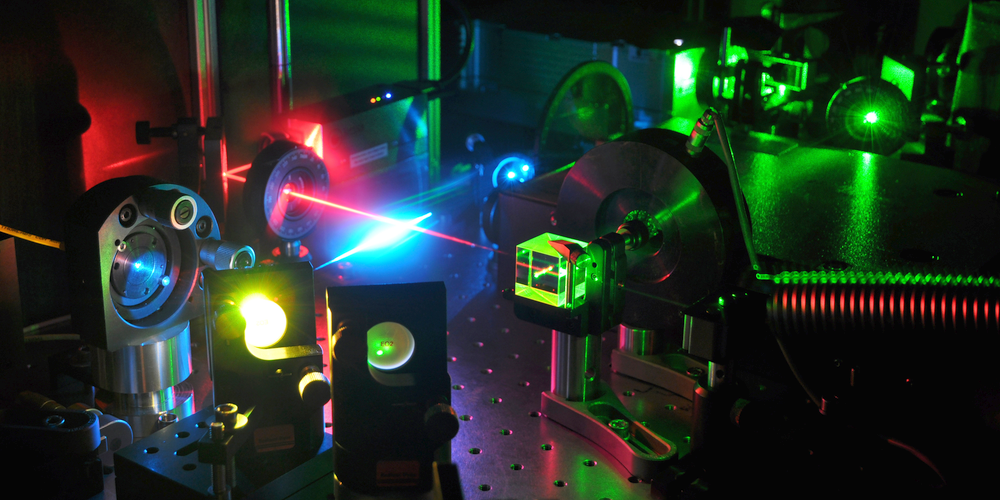
 American Physical Society
American Physical Society
AI Rapidly Designs Optics Hardware, Outperforming Human-Engineered Designs
Researchers have demonstrated that machine learning can automate the discovery of core design concepts for optics setups. The AI algorithm rapidly provides efficient designs for various uses, streamlining research and development. It has been shown to outperform human designs in complex cases, suggesting a new era of automated scientific discovery.
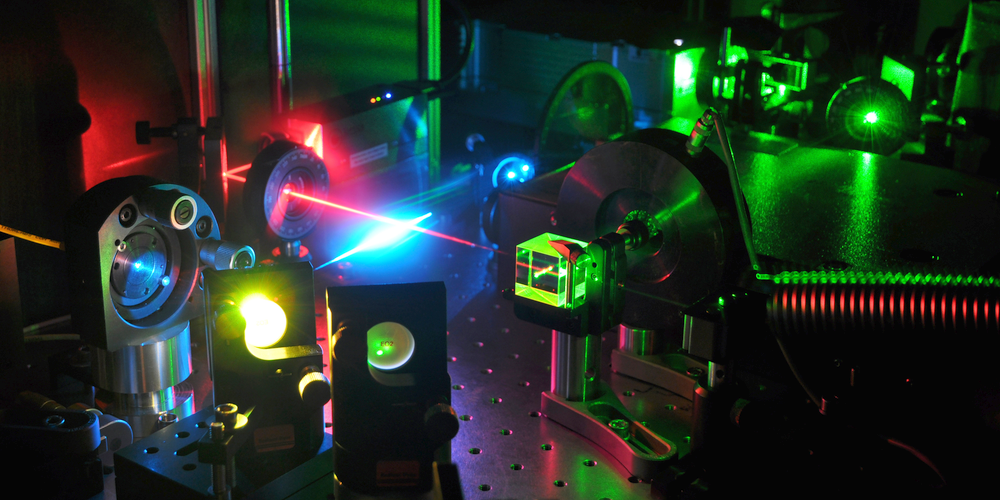
 American Physical Society
American Physical Society









